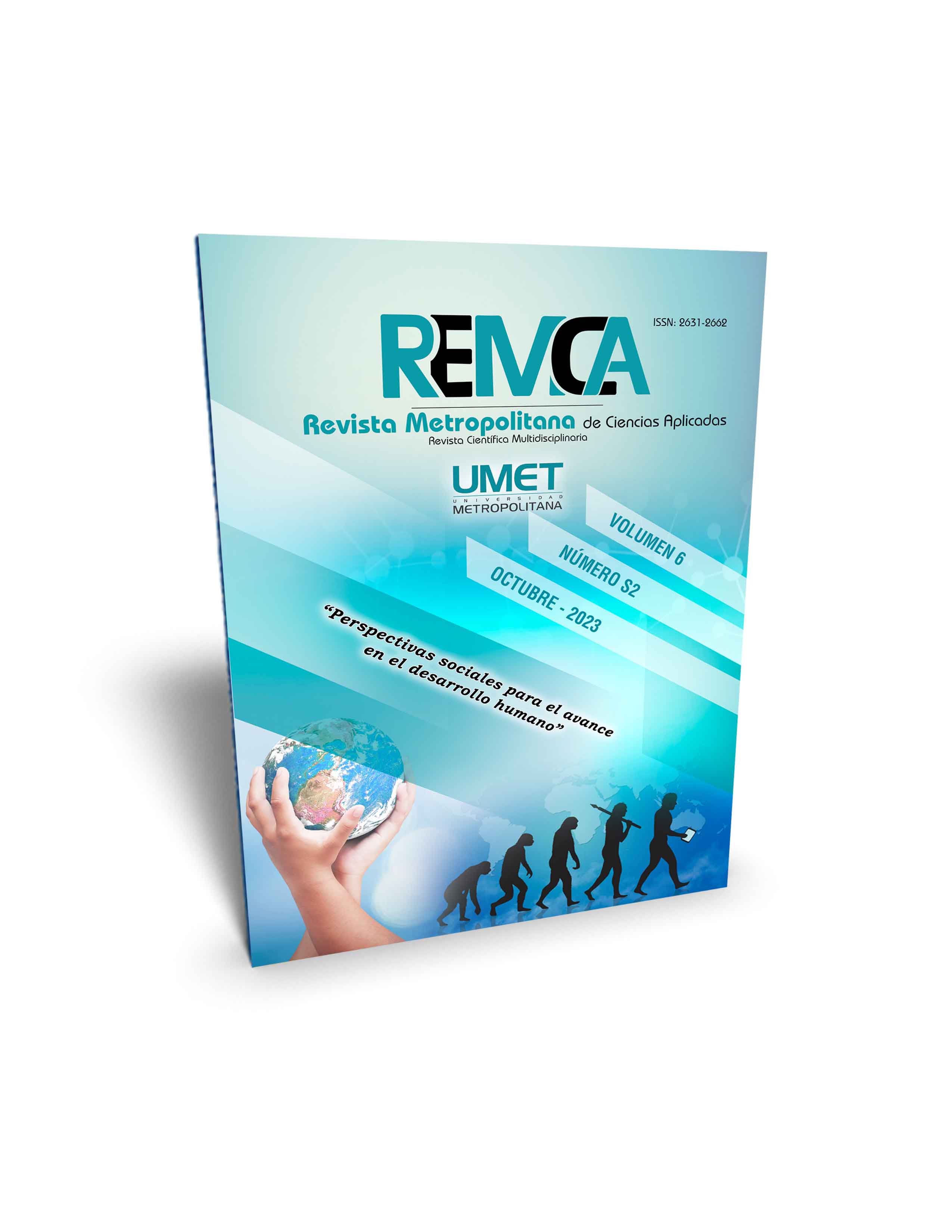Vinculación e investigación universitaria, como estrategia de intervención para el desarrollo rural, caso de estudio Aloasi
DOI:
https://doi.org/10.62452/egxtqs09Palabras clave:
Investigación, vinculación, desarrollo, rural, estrategias de vidaResumen
La presente publicación es producto de la intervención de una Institución de Educación Superior (IES), en la parroquia rural de Aloasí, a través de dos funciones sustantivas de la educación superior; en primer lugar, la función de investigación, con el objetivo de demostrar que puede servir como estrategia de intervención en la búsqueda de identificar problemas y necesidades reales del territorio además de la generación y potenciación de conocimiento de científico y ancestral propios de la zonas rurales; en segundo lugar, la función de vinculación con la sociedad, generando propuestas de intervención para el mejoramiento y mantenimiento de espacios de aprendizaje productivos propios que contribuyan al desarrollo endógeno de la parroquia, mediante el intercambio de capacidades y conocimientos que garanticen la construcción de respuestas efectivas a las necesidades identificadas en el territorio por parte del proceso investigativo.
Descargas
Referencias
Al Ibrahim, L. (2018). Lo que esconde el trabajo: juventud y trabajo rural en la agricultura de explotación cantón Latacunga - Cotopaxi. (Tesis de maestría). Facultad Latinoaméricana de Ciencias Sociales.
Ecuador. Asamblea Nacional. (2018). Ley Orgánica de Educación Superior. Registro Oficial Suplemento 298. https://www.educacionsuperior.gob.ec/wp-content/uploads/2021/05/LOES.pdf
Ecuador. Gobierno Descentralizado del cantón Mejia. (2023). Datos generales de la parroquia Aloasí. https://municipiodemejia.gob.ec/index.php/mejia/detalleParroquia/2
Ecuador. Instituto Nacional de Estadísticas y Censos. (2022). Encuesta Nacional de Empleo, Desempleo y Subempleo 2022 (ENEMDU). INEC. https://www.ecuadorencifras.gob.ec/documentos/web-inec/POBREZA/2022/Diciembre_2022/202212_PobrezayDesigualdad.pdf
Kay, C. (1991). Teorías latinoamericanas del desarrollo. Nueva sociedad, 113, 101-113.
Kay, C. (2005). Enfoques sobre el desarrollo rural en américa latina y europa desde mediados del siglo veinte. Pontificia Universidad Javeriana.
Kay, C. (2007). Algunas reflexiones sobre los estudios rurales en América Latina. Iconos, (29), 31-50.
Long, N. (1977). The modernization approach’, in Norman Long, An Introduction to the Sociology of Rural Development. Tavistock Publications.
Razo, F. (2014). Entre la necesidad y la informalidad; el agua para la producción de alimentos: estudio de caso en la comunidad Chitacaspi, provincia del Carchi. (Tesis de maestría). Facultad Latinoamericana de Ciencias Sociales.
Descargas
Publicado
Número
Sección
Licencia
Derechos de autor 2023 Carmen Priscila Guerra-Maldonado, Edgar Fernando Razo-Cajas, Lizbeth Katherine Fuentes-Játiva (Autor/a)

Esta obra está bajo una licencia internacional Creative Commons Atribución-NoComercial-CompartirIgual 4.0.
Los autores que publican en la Revista Metropolitana de Ciencias Aplicadas (REMCA), están de acuerdo con los siguientes términos:
1. Derechos de Autor
Los autores conservan los derechos de autor sobre sus trabajos sin restricciones. Los autores otorgan a la revista el derecho de primera publicación. Para ello, ceden a la revista, de forma no exclusiva, los derechos de explotación (reproducción, distribución, comunicación pública y transformación). Los autores pueden establecer otros acuerdos adicionales para la distribución no exclusiva de la versión de la obra publicada en la revista, siempre que exista un reconocimiento de su publicación inicial en esta revista.
© Los autores.
2. Licencia
Los trabajos se publican en la revista bajo la licencia de Atribución-NoComercial-CompartirIgual 4.0 Internacional de Creative Commons (CC BY-NC-SA 4.0). Los términos se pueden consultar en: https://creativecommons.org/licenses/by-nc-sa/4.0/deed.es
Esta licencia permite:
- Compartir: copiar y redistribuir el material en cualquier medio o formato.
- Adaptar: remezclar, transformar y crear a partir del material.
Bajo los siguientes términos:
- Atribución: ha de reconocer la autoría de manera apropiada, proporcionar un enlace a la licencia e indicar si se ha hecho algún cambio. Puede hacerlo de cualquier manera razonable, pero no de forma tal que sugiera que el licenciador le da soporte o patrocina el uso que se hace.
- NoComercial: no puede utilizar el material para finalidades comerciales.
- CompartirIgual: si remezcla, transforma o crea a partir del material, debe difundir su creación con la misma licencia que la obra original.
No hay restricciones adicionales. No puede aplicar términos legales ni medidas tecnológicas que restrinjan legalmente a otros hacer cualquier cosa que la licencia permita.




